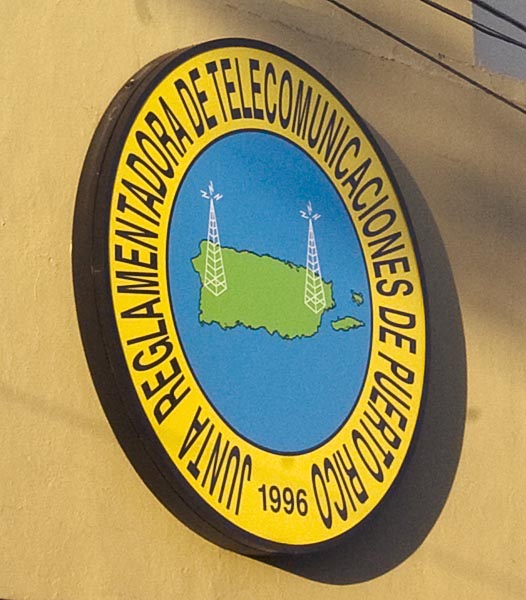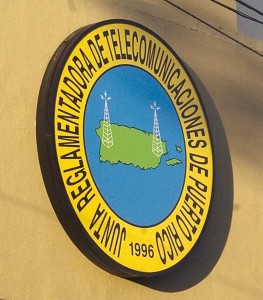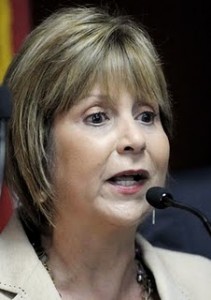Telecom Board scrubs out 166K phone subsidy fraudsters

Two years after scrubbing out about 166,000 Puerto Rico residents who were misusing phone subsidy benefits through the “Lifeline” program, the Telecommunications Regulatory Board has asked the Federal Communications Commission to allow it to opt-out of the stateside database to continue doing the job on its own.
In an application submitted in late November, the agency justified its petition by saying — as have other jurisdictions, including Texas, Vermont, California and Oregon — that Puerto Rico has the capacity to detect, eliminate and prevent duplicative Lifeline support without the FCC’s intervention.
The agency has opened a public comment period on the petition through Jan. 9, 2013. Replies to those comments must be submitted by Jan. 24. A final decision would be expected in the 60 days following that latter date.
The TRB took a proactive stance against the misuse of Lifeline funds in September 2010 after detecting an unusual spike in the number of beneficiaries receiving subsidies for their home or mobile telephone services through the Universal Service Fund. The TRB launched an investigation that uncovered a pattern of participants who were double- and triple-dipping into the pool of local and federal money, agency President Sandra Torres said.
To conduct the process, the agency developed an in-house database system that weeded out the lists to identify fraudulent subscribers, which had received some $2.2 million in federal subsidies under false pretenses.
“We began the process of cleaning up and auditing the use of Lifeline funds before the FCC did, so we’re well ahead of them,” Alexandra Fernández-Navarro, the TRB’s legal affairs director, said Tuesday. “Our procedures have been very broad in the sense that we’ve audited the companies, as well as the documents used to enroll, re-certify and keep in a beneficiary’s file.”
The local system is ahead of the FCC’s mechanism, which was supposed to go live this year but is still under development, Fernández-Navarro said. When the investigation began, there were approximately 486,000 subscribers, which has since been reduced to 320,000.
The Lifeline benefit granted through the USF gives qualifying low-income residents a monthly $12.75 subsidy — down from the $13.50 granted when the investigation began — on the basic rent of either their residential landline phone or one mobile device. Another $9.25, down from $10, comes from the federal USF pool, while the remaining $3.50 is paid from an account residing at the Government Development Bank that feeds from charges passed on to regular consumers on their monthly phone bills.
The subscriber is qualified through the phone company of their choice, which must make sure each potential subscriber meets the necessary legal requirements to enjoy the benefit. That is, be enrolled for any government assistance program and fill out all of the information needed upon applying — name, plus paternal and maternal last names, Social Security number, and full address, among other data.
However, the investigation uncovered people that had registered more than once using different social security numbers or botched addresses, prompting the agency to pause the program benefits. The probe also unleashed a string of lawsuits by the carriers against the agency, which Torres said Tuesday were all decided in favor of the TRB.
“We hadn’t conducted an audit since the Lifeline service began in 2000. We decided to look into it because if we continued to pay the carriers for users who were benefiting twice and three times from the fund, we were never going to get it back,” she said. “All of the carriers sued, but the Board prevailed and now the FCC has extreme confidence in the process that we’ve established.”
Among other things, the new Lifeline application system detects right from the start whether a person is eligible or not for the subsidy, closing the door to future fraud, Fernández-Navarro said.
“The database is pure because it doesn’t allow anyone who doesn’t qualify to register into the service,” she said.
For her part, Torres said the TRB audit responded to the agency’s goal of “making sure that the money was being distributed properly and that it reached the people that needed it.”
The FCC has already said that eventually, Lifeline subsidies will be redirected from wireless and landine telephone services to broadband services, which the agency believes is the foundation of current and future economic development. Puerto Rico’s broadband penetration stands at 31 percent.
















